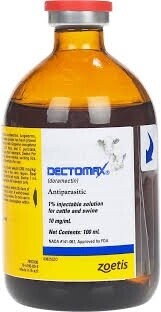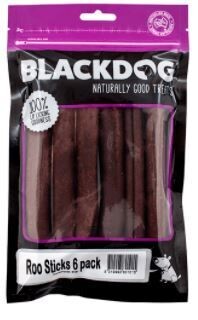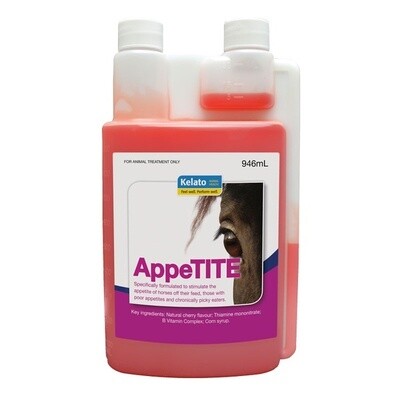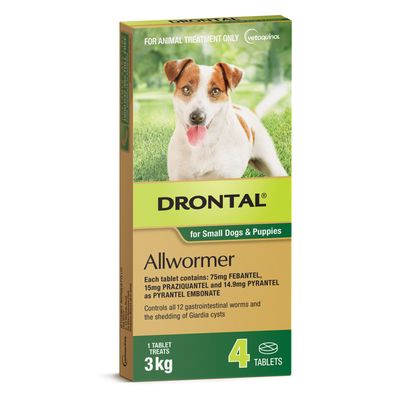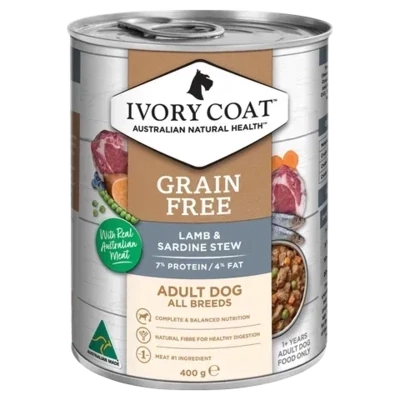Store
Zoetis Dectomax Injection for Cattle - 500 ml or 2.5 litres
Dectomax Injectable Drench is indicated for the treatment and control of gastrointestinal roundworms, lungworms, sucking lice, biting lice, cattle tick and mange mites in Cattle and Swine.
Active Ingredient: Doramectin @ 10.0g/L
Description
Dectomax Injectable Endectocide
Active Ingredient: Doramectin @ 10.0g/L
Similar or Comparable to: Doramate Injectable Endectocide (Troy)
Dectomax Injectable Drench is indicated for the treatment and control of gastrointestinal roundworms, lungworms, sucking lice, biting lice, cattle tick and mange mites. One dose of Dectomax injectable solution effectively treats and controls a wide range of roundworm and arthropod parasites that impair the health and productivity of cattle and swine. Studies have demonstrated the safety margin of Dectomax injection in cattle and swine.
Indications:
Dectomax Injectable is approved for:
- The treatment and control of internal and external parasites of cattle.
- Treating Beef cattle, including pregnant cows, newborn calves and bulls.
- The control of the following harmful species of gastrointestinal roundworms, lungworms, sucking lice, biting lice, cattle tick and mange mites.
Gastrointestinal Roundworms (adults and fourth-stage larvae)
- Ostertagia ostertagi (including inhibited larvae) – Small brown stomach worm
- Haemonchus placei – Barbers pole worm
- Trichostrongylus axei – Stomach hair worm
- T. colubriformis – Black scour worm
- T. longispicularis(1)
- Cooperia oncophora – Small intestinal worm
- Cooperia spp
- Bunostomum phlebotomum1 – Hook worm
- Oesophagostomum radiatum – Nodule worm
- Toxocara vitulorum(1) – Round worm
(1)adults only
Lungworms (adults and immature)
- Dictyocaulus viviparus
Sucking Lice
- Haematopinus eurysternus
- Linognathus vituli
- Solenopotes capillatus
Biting Lice
- Effective as an aid in the control of biting louse (Bovicola bovis)
- Mange Mites
- Psoroptes bovis
- Sarcoptes scabiei var bovis(2)
(2)Not present in Australia
Consult your veterinarian for assistance in the diagnosis, treatment, and control of parasitism.
Persistent Activity:
| Species | Period of protection following treatment |
| Cooperia spp | Up to 21 days |
| Cooperia oncophora | Up to 14 days |
| Ostertagia ostertagi | Up to 21 days |
| Haemonchus placei | Up to 21 days |
| Dictyocaulus viviparus | Up to 28 days |
| Oesophagostomum radiatum | Up to 21 days |
| Trichostrongylus axei | Up to 21 days |
| Bunostomum phlebotomum | Up to 21 days |

